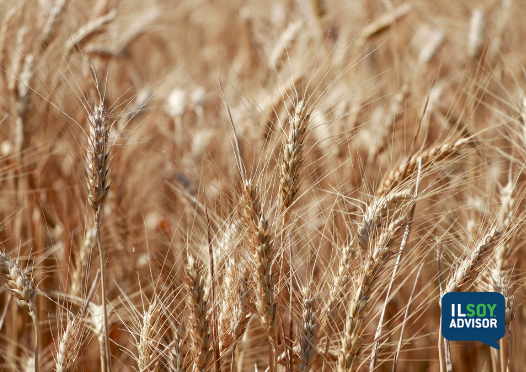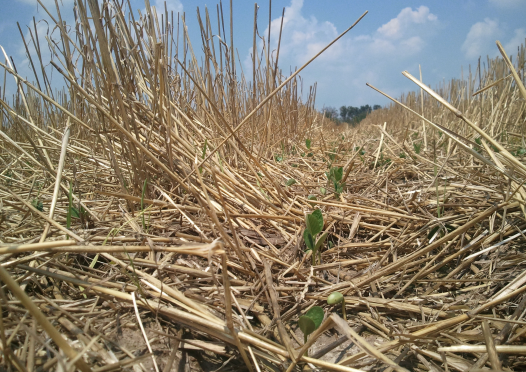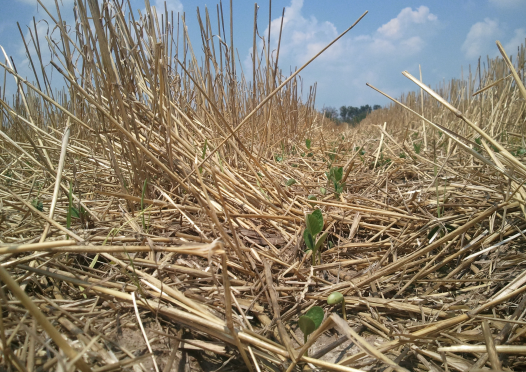ILSOYADVISOR POST
Adopt an Early Wheat System for Double-Crop Soybeans
If you double-crop soybeans after wheat, and want to your soybean crop to yield respectably, you must manage the previous wheat crop and the following soybean crop.
Over a decade ago I interviewed some growers in southern Illinois who double-cropped soybeans mostly after wheat. One of the things I determined was that the growers focused primarily on growing wheat and maximizing its yield and soybeans were left to fend for themselves.
The approach to double-crop soybeans is changing, though, as agronomists and growers realize that these soybeans can yield well with a focus on management, much like for full season soybeans. Just pay attention to the details and plant as early as you can.
By adopting the early wheat system, you can harvest wheat sooner and plant soybeans earlier.
What defines the early wheat system?
- Plant wheat earlier on the farm: 3 to 5 days gain on soybean planting
- Plant an ultra-early wheat variety: 3 to 5 days gain on soybean planting
- Harvest at 20 – 22 percent moisture and dry: 3 to 5 days gain on soybean planting
Plant Earlier
More information is becoming available that wheat planted sooner in the fall will mature sooner the next summer and beat any heat and stress during flowering and seed fill. Most growers plant after the Hessian fly free date. But how often is the Hessian fly seen anymore with seed treatments? It has sort of disappeared, like the European corn borer once the Bt trait was introduced. The Hessian date is still a good target, though, because planting too soon produces too much vegetative growth and tillering before dormancy sets in. Planting earlier and just before the Hessian date means soybeans can be planted earlier next season.
Plant an Ultra-Early Variety
Many of the companies breeding and selling wheat seed have begun to shorten the varieties so they mature earlier to avoid later stress, yet not so early that they come out of dormancy too soon and become vulnerable to spring frost. Today’s ultra-early varieties generally yield comparably to the current medium maturity varieties, yet reach physiological maturity 3 to 5 days earlier. Any slight depression in yield, though, is more than offset by the gain in soybean yield from planting earlier. Planting an ultra-early variety means soybeans can be planted earlier.
Harvest at High Moisture
Wheat is often harvested at 12, 13 or 14 percent moisture and it takes two weeks for wheat to dry down from physiological maturity (36 – 38 percent to 14 percent). Wheat can be harvested at higher moisture of 18, 20 or 22 percent and dried. Harvest can start at 22 percent, but within 3 to 5 days can drop to 14 percent since grain can lose 2 points per day. Harvesting wheat at higher moisture means soybeans can be planted earlier.
Adopting the early wheat system may mean growers can plant double-crop soybeans 5, 7 or 10 days sooner in June and when soil and weather conditions are more favorable. Each day soybeans can be planted earlier may translate into a 1-bushel gain in yield per day. The early wheat system requires better management, but translates into better wheat quality and higher soybean yield.
Agronomist Daniel Davidson, Ph.D. posts blogs on agronomy-related topics. Feel free to contact him at djdavidson@agwrite.com.





Comments
Add new comment